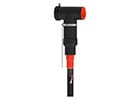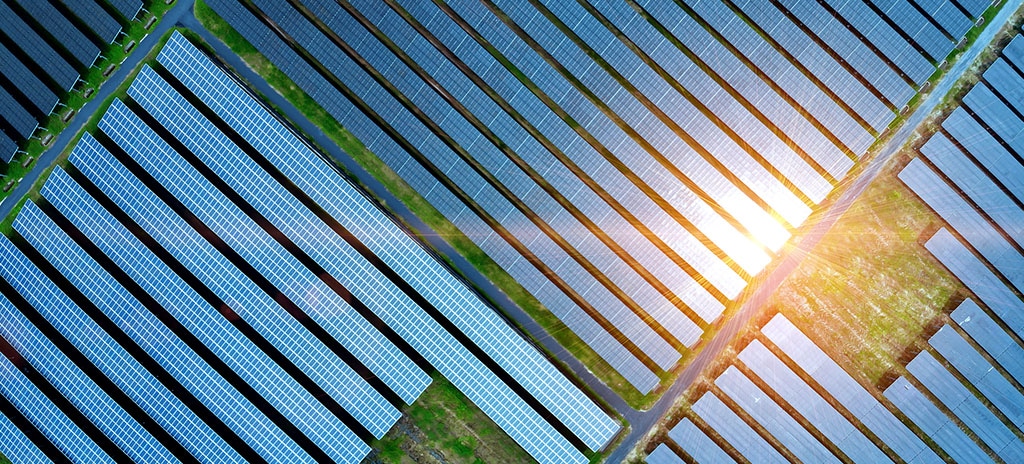
TE Perspectives
Fueling the Future of Renewable Energy
Author: Dr. Thomas Schoepf, VP & CTO, Energy
Renewable energy sources like solar photovoltaic and wind power have come to the forefront of today’s urgent climate conversation. Once questioned for their scalability and even rejected for their looks—solar and wind power have become viable mainstream alternatives to fossil fuels.
The past 50 years have seen rapid climate change and with it a five-fold increase in weather-related disasters, from infrastructure-damaging freezes in Texas to massive wildfires across Australia. These extreme weather events are happening closer to home and have put intense focus on finding more sustainable solutions by organizations, governments and communities across the planet.
In fact, governments everywhere are accelerating the pace of adopting policies to limit carbon emissions. What’s helping to fuel this change of pace? Innovative clean technologies. They are a critical driver of the growing feasibility of renewable energy. The behind-the-scenes work of engineers ensures that adequate technology exists to make more earth-friendly alternatives more reliable and cost-effective.

A Solar-Powered Future
Today, utility-scale solar farms are routinely developed to produce upward of 500MW, making them a viable alternative to replace fossil power plants (e.g. coal, gas). Such farms can span over 3,000 acres of land and, with plentiful space and sun as prerequisites, are gaining popularity in regions like North America, the Middle East and Australia. Solar power generation can be scaled up more quickly than wind power, so the investment risk is lower. In fact, according to the International Energy Agency, the overall cost of electricity production by solar PV is already the lowest, with a more favorable return on investment in well-suited regions.
Utility-scale solar farms require hundreds of connections and thousands of yards of cabling that need to be monitored and maintained. At TE, we’ve redesigned the solar farm to slash the installation cost by up to 40%, a major deciding factor in whether many of these projects ever become a reality. In addition, our engineers have simplified conventional solar farm architecture by reducing the number of cable runs required.
TE’s solution has become known as the Customizable Trunk Solution (CTS), a more cost-effective alternative to traditional solar installations, and has been deployed in large-scale solar farms across the United States, from Maine to California. The architecture of the CTS allows for the centralization of disconnect boxes, clustering them at the inverter pad, which improves safety, efficiency and total cost of ownership of the solar farm. As a result, our customers have saved millions of dollars in materials, installation and maintenance costs, as well as savings from running more efficient operations.
Black & Veatch, a leading engineering, procurement, construction (EPC) company that builds utility-scale solar plants, has leveraged the streamlined approach of our CTS system in an energized solar farm in the Midwest USA. Ben Anderson, Project Manager Renewables, explains, “We were able to successfully reduce field labor time and gain benefits in reliability over traditional combiner boxes, which is much appreciated by our customers.”
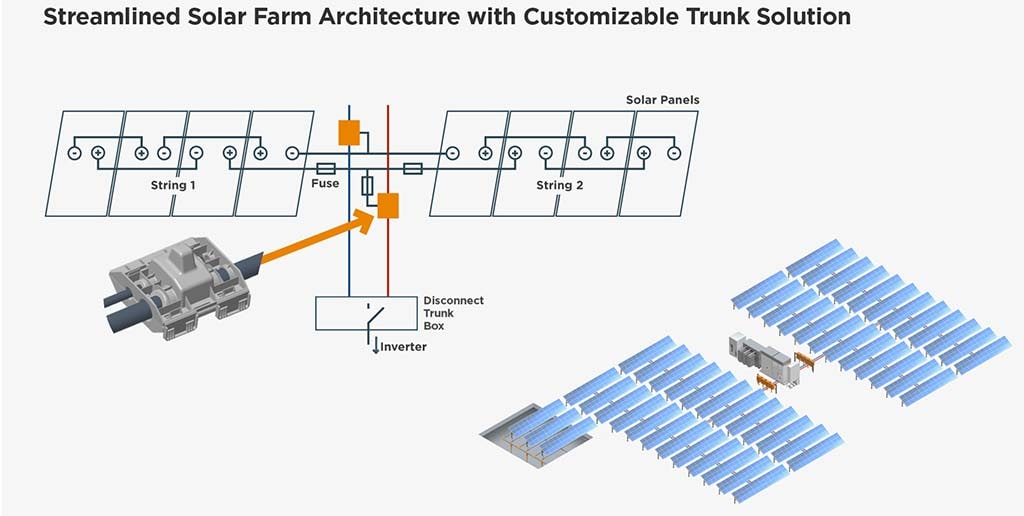
Wind Power Benefits from Vitamin Sea
In areas where population density makes sprawling solar farms less feasible, like Europe, wind power has continued to gain popularity. Utilities are currently focusing on offshore wind because of the vast amount of power they can generate with large-scale turbines and farms. Additionally, wind speeds offshore tend to be steadier than on land, hence yielding a more reliable source of energy. Meanwhile, demand for onshore wind has declined as turbines have steadily grown in size, amplifying resistance from the general public and adding complexity to meeting local regulations. For example, turbines must be ten times their height away from the closest home in Germany.
Managing offshore wind farms spreading around the world also comes with its challenges. Turbines and connections need reliable performance while withstanding constant abuse from corrosive saltwater and worsening storms. It’s also immensely expensive to fly personnel and equipment out via helicopter. These challenges increase the importance of addressing maintenance needs quickly, reliably and as infrequently as possible. Also, the more that can be pre-installed, the better.
We’ve developed streamlined yet resilient connection systems with simplified installation to address these challenges and minimize costs. For example, only one worker is needed to mount our high voltage switchgear connectors for offshore turbines. These efficiencies help make wind power more competitive—from both a cost and reliability standpoint—compared to traditional energy sources, incentivizing stakeholders to make the transition. All the while, we work constantly to develop solutions that will serve increased power generation capacity and further forms of renewable generation, such as floating wind farms.
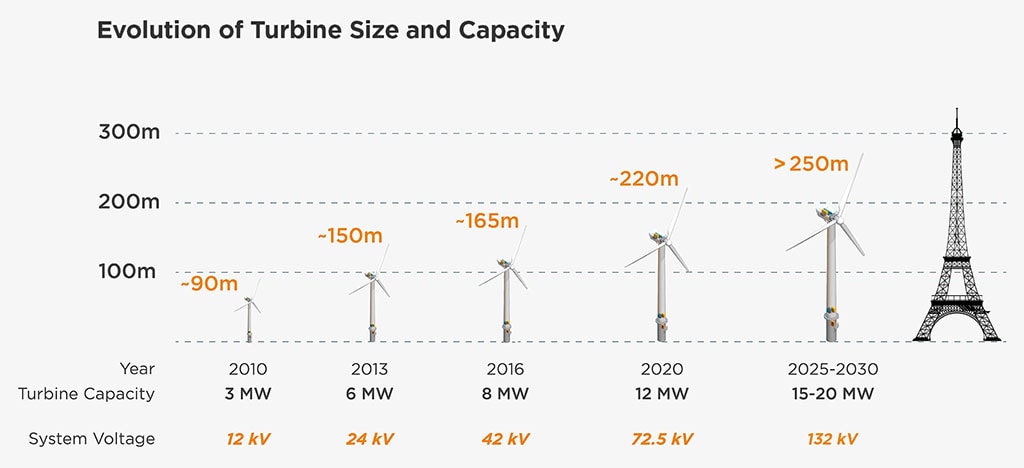
Image Source: International Energy Agency, World Energy Outlook 2019, www.iea.org/weo, February 2022
Charging Ahead with Battery Storage
Electrical energy remains the highest form of energy: it’s highly efficient and easy to transport and convert. Directly using electrical energy as it’s produced is always the most efficient and preferable option, but it’s not always realistic. With renewable energy in particular, sunlight and wind aren’t produced 24/7; because of this, energy storage is an essential consideration. Through storage, we can house and distribute consistent, reliable power to consumers.
Battery storage is an essential piece of the renewables puzzle and serves two primary purposes:
1. Grid or frequency stabilization: Different power sources and loads being added to the grid can cause fluctuations, and having power available short-term can help compensate for them. Stabilization technology is still evolving—for example, TE is highly involved in helping companies develop microgrids as one solution.
2. Compensating for times of low production: When the sun doesn’t shine or when the wind is still, energy that has been stored in batteries, for instance, can be drawn to stabilize the power flow, ensuring consistent access to power.
While any larger solar park plans feature a battery storage element, this technology will become vastly more critical. During the next five to ten years, renewable energy production on a global scale will increase, and with it the need for energy storage. It is expected that the cost of producing batteries will further decrease, making widespread storage less costly than it is currently.
Enhancing Grid Management by Going Digital
The power grid now has to cope with an increasing number of the more difficult-to-predict renewable energy sources. At the same time, electricity is taking a more central role in fulfilling our everyday needs, including mobility (electric vehicles), lighting, cooking, heating and cooling. With this, digital technologies play an increasingly essential role, requiring a higher number of sensors at critical connection points in the power and distribution grid. This is why at TE, our connectivity components have been developed with integrated or retrofit sensor technologies.
The global focus on combating climate change will only intensify, with interest in renewable energy increasing along with it. TE Connectivity is deeply committed to providing the essential innovations needed to help expedite a smooth transition to carbon-friendly energy sources, both now and in the future.
About the Author

Dr. Thomas J. Schoepf
Dr. Thomas J. Schoepf is vice president and chief technology officer of TE’s global energy business. He leads the team responsible for end-to-end innovation and digital transformation of connectivity solutions for sustainable energy networks. Thomas has over 25 years of international engineering and leadership experience in the automotive, automation, and power management industries, and has driven a wide range of technology developments, including reliability, fault detection, safety, sensor networks, and micro grids.
Executive Insights: More stories on tech innovation
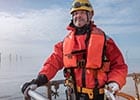
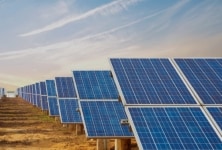 e
e
